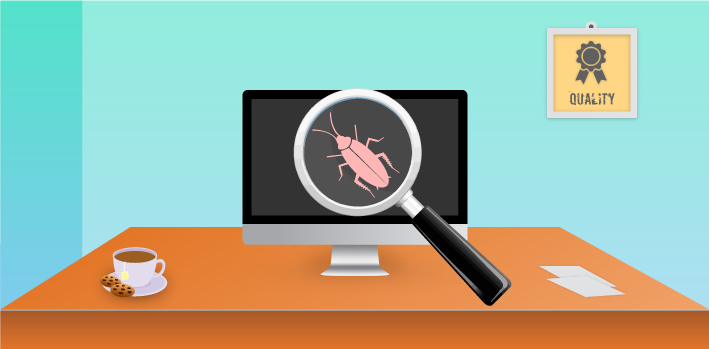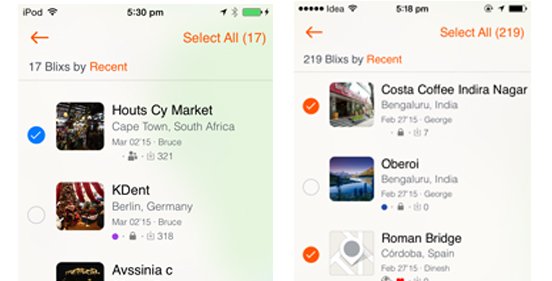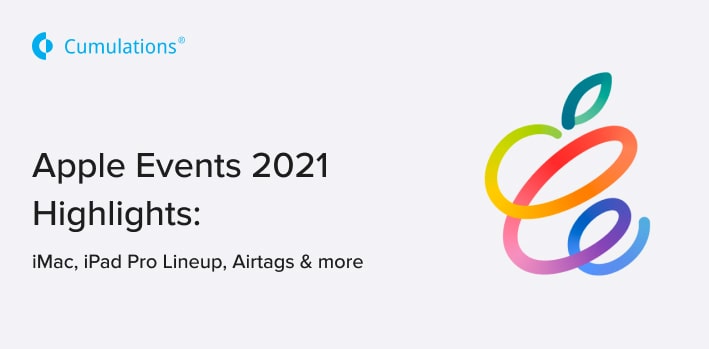
A testing development setup is a painstaking procedure as each and every feature needs to be checked and rechecked before launching it in the market. Testing and iOS app are much difficult than testing an Android app mainly because the iOS sphere is a closed one and hence has rigid guidelines. iOS application development companies mostly need to go through chaotic procedures to make these apps absolutely bug free.
Companies developing and testing iOS apps needs to make use of third party libraries or codes to make their apps stand out in the rigid iOS app market. Some of the most sought after and used libraries are – the AFNetworking (networking library), Objection (Lightweight dependency injection framework, Kiwi (behaviour-driven-development-framework) and KIF (functional test framework) to name a few. It’s important to remember in this context that if an iOS is the project is built which relies on any of these frameworks/libraries then it won’t work without these hence they are known as dependencies. “Dependency Management is the process which helps developers manage these dependencies (adding, removing, switching versions).” One of the most well-known dependency management tools is CocoaPods. It is used for Swift and Objective-C Cocoa projects. Having over 26000 libraries and used in over million of apps usage of CocoaPods help even the best iOS development companies in India scale up their projects elegantly. CocoaPods is built with Ruby and is installable with the default Ruby available on OS X.
Another way of iOS testing is XCTest which is though simple but a powerful framework for writing tests in an xUnit way. The Xcode keeps the feedback loop quick. It does so by allowing developers run tests inside the IDE by hitting the ⌘U. The best part Xcode has a ‘Test Navigator’ section and it is here that developers can view all the tests carried out along with their success or state of failure. Remember here color plays a very important role. Failures show up in red and the passing ones as green.
Implementation of KIF style tests for iOS apps is another easy and simple method of testing. iOS application development companies need to use the view selection and automation library used by ‘Frank’ and then use Kiwi for a test runner. Simply wire up Kiwi like it’s done for Application Unit Tests and then drive the app’s UI by selecting view programmatically using Shelly which is Frank’s view selection engine. Once done developers would need to stimulate interacting with those views using PublicAutomation. Easy simple and hassle free!
Specta is a way of testing iOS apps which are very similar to Kiwi which values modularity and composition The framework of writing and running xSpec style tests is taken care by the library. Users can then plug in libraries to take care of matching, stubbing, expectations and mocking. Libraries which can be used with both Specta and Kiwi for testing includes- Expecta, OCMock, Nocilla, OCMockito etc.
Some of the best iOS development companies in India uses CI which provides over-the-air installs of the current development builds either through an external service (like HockeyApp or TestFlight) or an internal web server hosting OTA installs for iOS testing. In most cases, this is a set of several builds (with different app ids) which connect to different backends so that app developers can run a combination of development, acceptance, staging, and production environments as needed.
Related read: iOS Application Development benefits and Restrictions


 +91-984-5825982 | +91-996-4689921
+91-984-5825982 | +91-996-4689921 sales@cumulations.com
sales@cumulations.com Send your requirement
Send your requirement 



